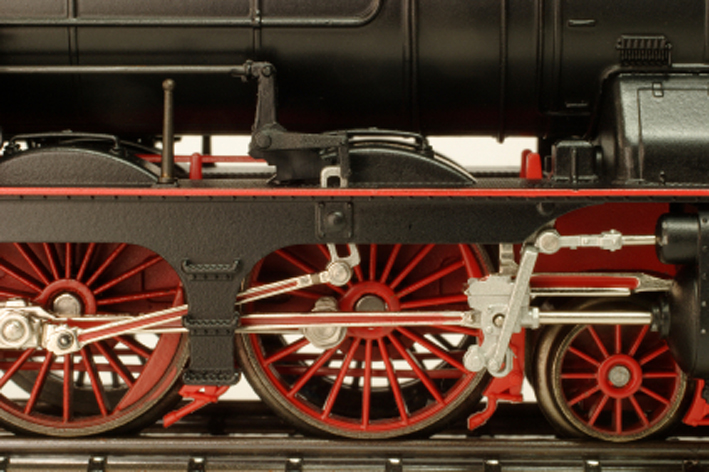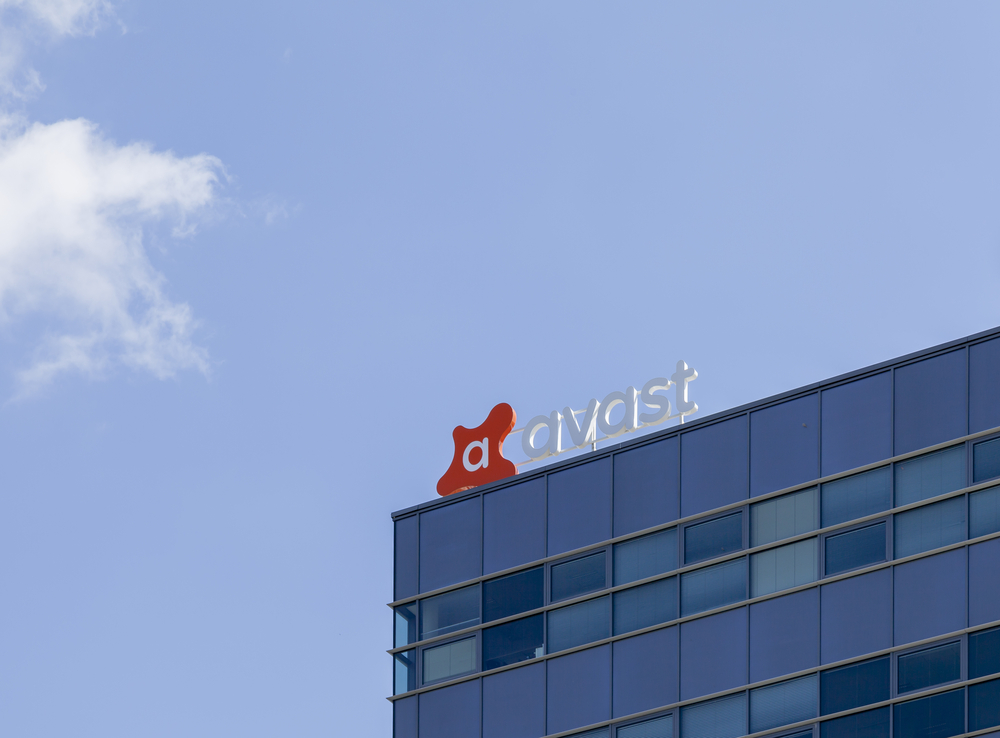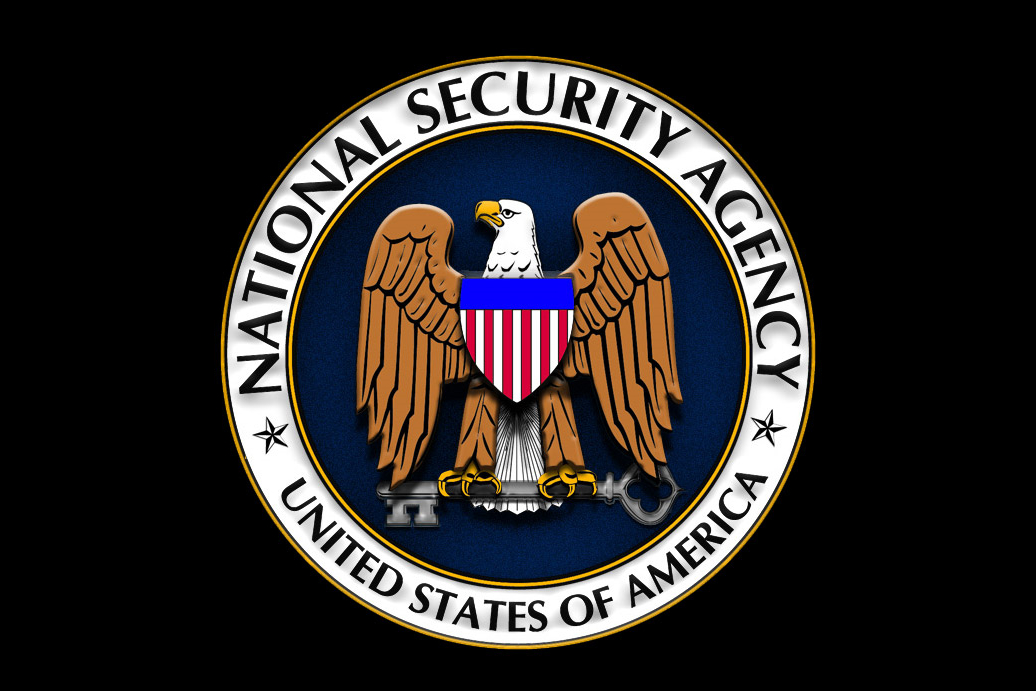Copyright on the tracks
The origins of the free software movement can be traced back to to the hackers of MIT's Tech Model Railroad Club, but more recently model railways have played a significant part in validating copyright law.

Tradition has it the origins of the free software movement can be traced back to the hackers of the Signals and Power Subcommittee of the Tech Model Railroad Club (TMRC) at the Massachusetts Institute of Technology (MIT) in the late 50s and early 60s.
In 1961, members of the TMRC also known as The Midnight Requisition Committee discovered a TX-0 computer in Building 26 at MIT. As Steven Levy tells it in Hackers: Heroes of the Computer Revolution, worked out that the best time to gain access was in the middle of the night: "when no person in his right mind would have signed up for an hour-long session on the piece of paper posted every Friday beside the air conditioner in the RLE lab... The TMRC hackers, who soon were referring to themselves as TX-0 hackers, changed their life-style to accommodate the computer."
According to legend, this is where the traditions of hacking which later gave rise to the free software movement began.
It was the members of the TMRC who defined a hack as "a project undertaken or a product built not solely to fulfill some constructive goal, but with some wild pleasure taken in mere involvement," and devised a code of honour which Steven Levy later defined as The Hacker Ethic:
- Access to computers and anything which might teach you something about the way the world works should be unlimited and total. Always yield to the Hands-on Imperative!
- All information should be free;
- Mistrust authority, promote decentralization;
Sign up today and you will receive a free copy of our Future Focus 2025 report - the leading guidance on AI, cybersecurity and other IT challenges as per 700+ senior executives
- Hackers should be judged by their hacking, not bogus criteria such as degrees, age, race or position;
- You can create art and beauty on a computer;
- Computers can change your life for the better.
As the history page on the TMRC website recounts: "Experiments with MIT's DEC and Lincoln machines, and employment at DEC and at the AI Lab were not, of course, the limit of TMRC's involvement with computers. Early DEC computers soon found their way into TMRC. They were used to control routes in the freight yard and to throw switches on the main layout. TMRC was probably one of the first student activities to make use of computers. However, in each application, cost and electrical component limits dictated that elaborate relay interfaces connect each computer to the layout."
Intellectual Property is theft?
Fast forward to the present day, or at least to 2001. Bob Jacobsen, a model railway enthusiast based in California, set up a project known as JMRI to create a Java-based Digital Command & Control (DCC) system to automatically control model railway layouts from a home computer much like those devised in earlier years by the TMRC.
DCC allows you to control each locomotive on the track as though you were driving it from the cab. Each locomotive is equipped with a chip, which translates the signals sent from the command station, or computer, via the track. The system also controls the signals and points or turnouts and may be implemented with various degrees of sophistication.
There are a number of such systems on the market, and searching around the web will turn up many more built by hobbyists and enthusiasts to run from their home PCs, on everything from DOS to Linux.
The difference is that Jacobsen's system is an open source project hosted on sourceforge.net and released under the Artistic License, as used by Perl. (JMRI is currently licensed under the GPLv2.)
-
 Gender diversity improvements could be the key to tackling the UK's AI skills shortage
Gender diversity improvements could be the key to tackling the UK's AI skills shortageNews Encouraging more women to pursue tech careers could plug huge gaps in the AI workforce
-
 Researchers claim Salt Typhoon masterminds learned their trade at Cisco Network Academy
Researchers claim Salt Typhoon masterminds learned their trade at Cisco Network AcademyNews The Salt Typhoon hacker group has targeted telecoms operators and US National Guard networks in recent years
-
 Most CEOs steal IP from previous employers
Most CEOs steal IP from previous employersNews Emotionally-driven decisions put companies at risk, finds security report
-
 Avast plans London listing in UK's largest ever tech IPO
Avast plans London listing in UK's largest ever tech IPONews The antivirus firm is expected to hit a $4 billion valuation
-
 User error: Businesses expose 1.5bn sensitive files
User error: Businesses expose 1.5bn sensitive filesNews Exposed confidential information is roughly 4,000 times larger than the Panama Papers leak
-
 Four hackers accused of stealing military software
Four hackers accused of stealing military softwareNews The IP was worth more than $100m and included US Army software and games
-
 Yahoo reveals fine threats of up to $250,000 by US government
Yahoo reveals fine threats of up to $250,000 by US governmentNews Secret court documents reveal court case dated back to 2007
-
 Police arrest man over illegal sports streaming website
Police arrest man over illegal sports streaming websiteNews Manchester man nabbed by Intellectual Property Crime unit
-
 Government pushes emergency law to allow data snooping
Government pushes emergency law to allow data snoopingNews Government legislation will force telecoms companies to log customer info for government investigation
-
 Angry Birds, Squeaky Dolphin, NoseySmurf: The NSA programs you never knew about
Angry Birds, Squeaky Dolphin, NoseySmurf: The NSA programs you never knew aboutIn-depth IT Pro takes you on a run down of some of the major NSA projects that may have passed you by over the last 12 months